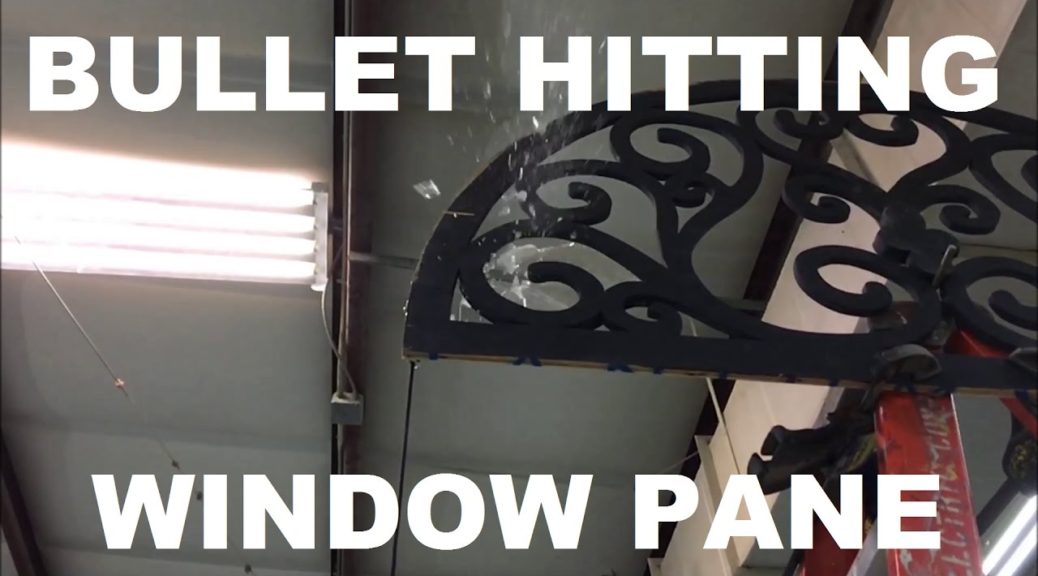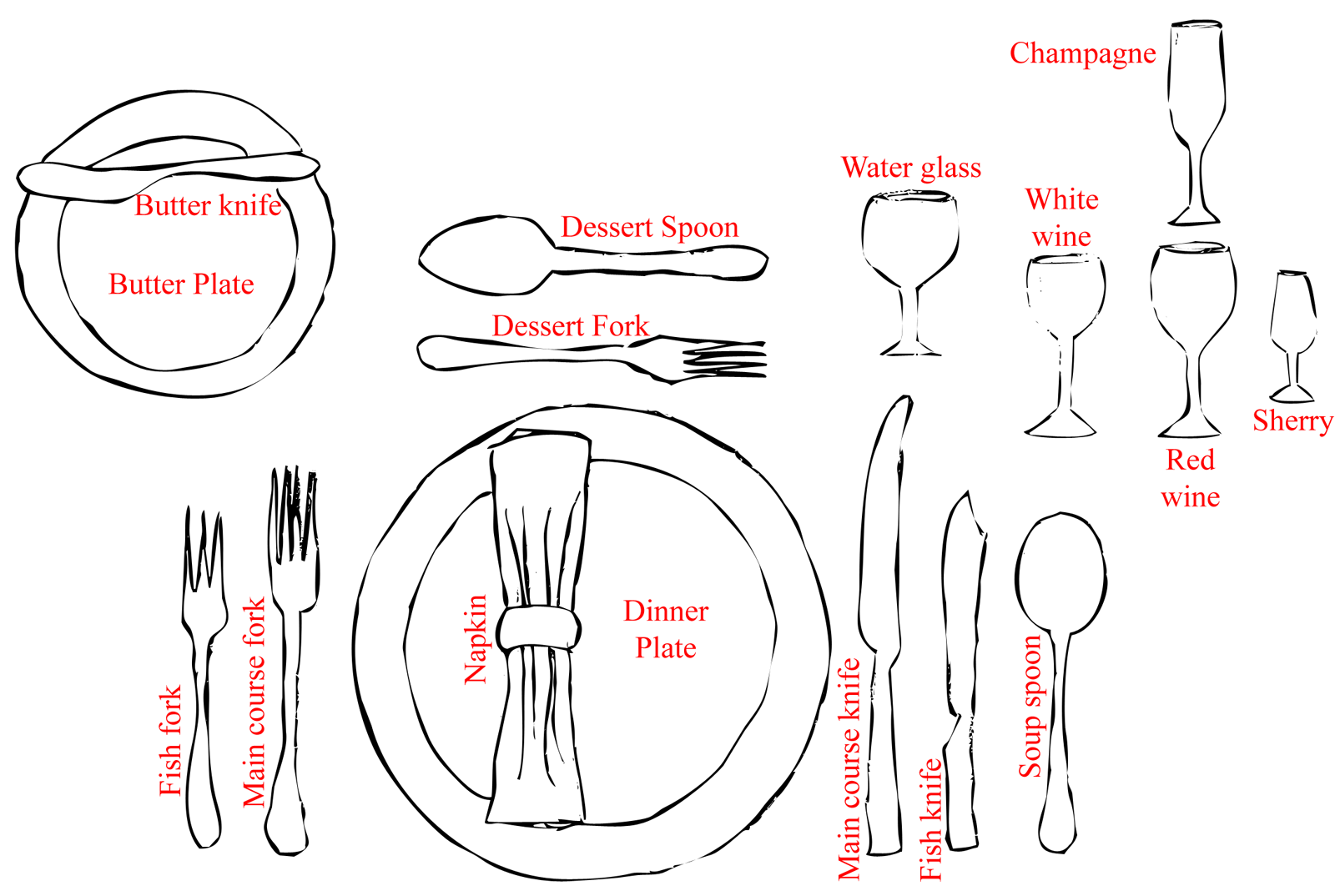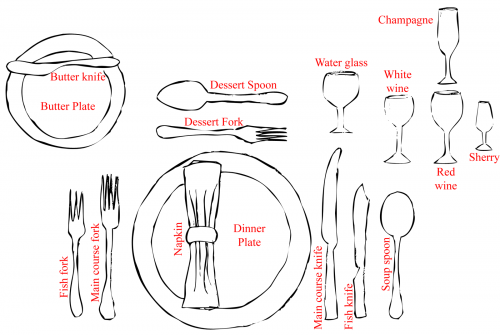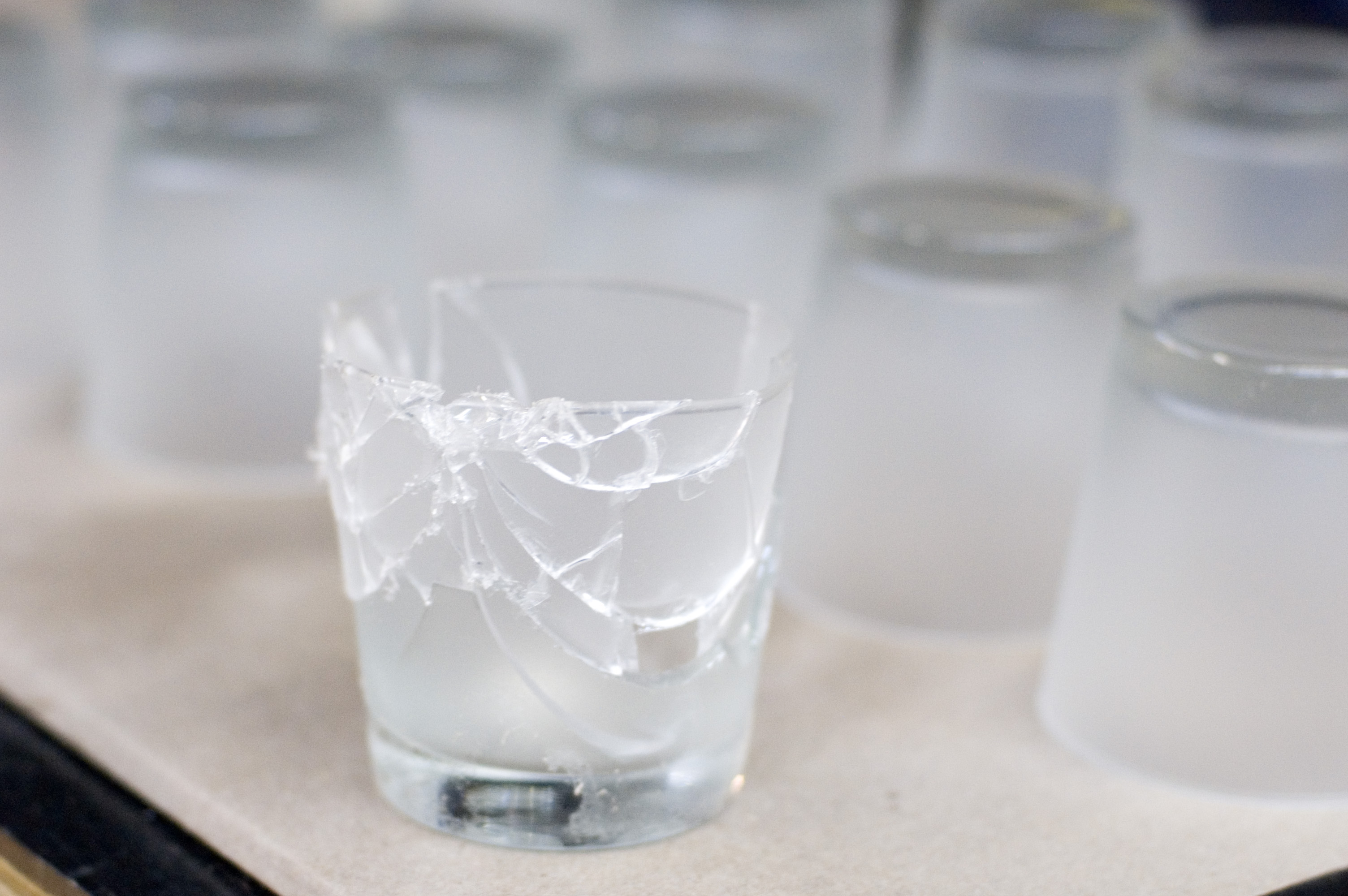A few months back, I did the props for Arms and the Man at Triad Stage. Set during the 1885 Serbo-Bulgarian War, the first scene revolves around a Swiss soldier breaking into the bedroom of a Bulgarian woman. The war rages around them, and at one point, a bullet shatters through the glass of her balcony door. That’s a prop.
We not only needed to make a breakaway window pane that would fit the decorative transom, but I had to come up with a way to break it. Obviously, we couldn’t fire a bullet through it; we couldn’t fire any projectile through it because it was facing the audience. I needed something that could be triggered from offstage and remain hidden both before and after the trick. Luckily, the audience could not see the upstage side of the door unit. The video below shows the mechanism in action.
Essentially, I took a mousetrap and tied a nut to it. When triggered, the mousetrap flung the nut into the window, breaking it, and then it hung out of sight. The rest of the mechanism is simply to keep the mousetrap secure so it will not trigger prematurely, but also to make it easy to pull the string when the cue is called.

The photo above shows the window in the context of the set. Somehow this is the best photo I could find.
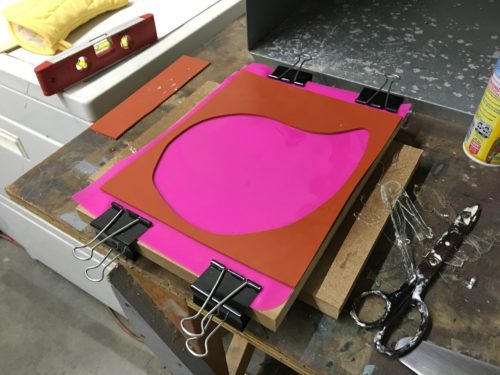
The window pane itself was made from isomalt, a sugar substitute which works a lot better for breakaways than traditional sugar glass. I get mine from Make Your Own Molds, but you can find it at many baking and confectioners shops since it is used for sugar sculpture on cakes.
For the mold, I cut the shape of the pane I needed out of a sheet of silicone rubber, and placed it on a silicone baking pad.
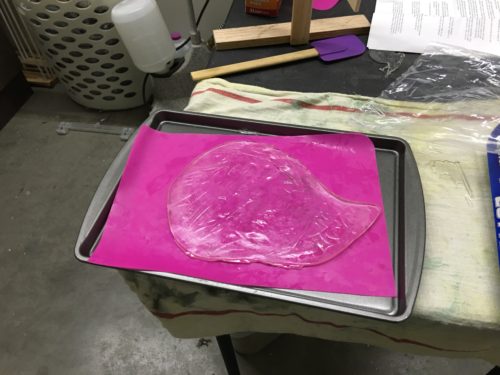
Above is one of my first attempts. The panes became a little clearer and smoother as I made more of them and experimented with the process. Below is a behind the scenes video put out by Triad Stage for this production. It has a bit of footage showing me making the breakaway window panes.
The effect was eventually cut during tech. The scene was rather dark, so the audience could not see the glass breaking. The setup and cleanup of the effect was not worth the little it added to the scene, so it was replaced with a sound and lighting effect.

